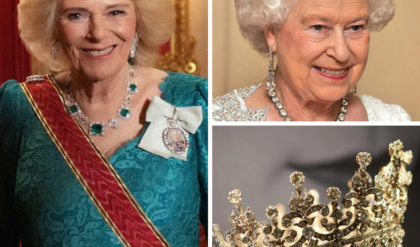And you thought walking the plank was inhumane.
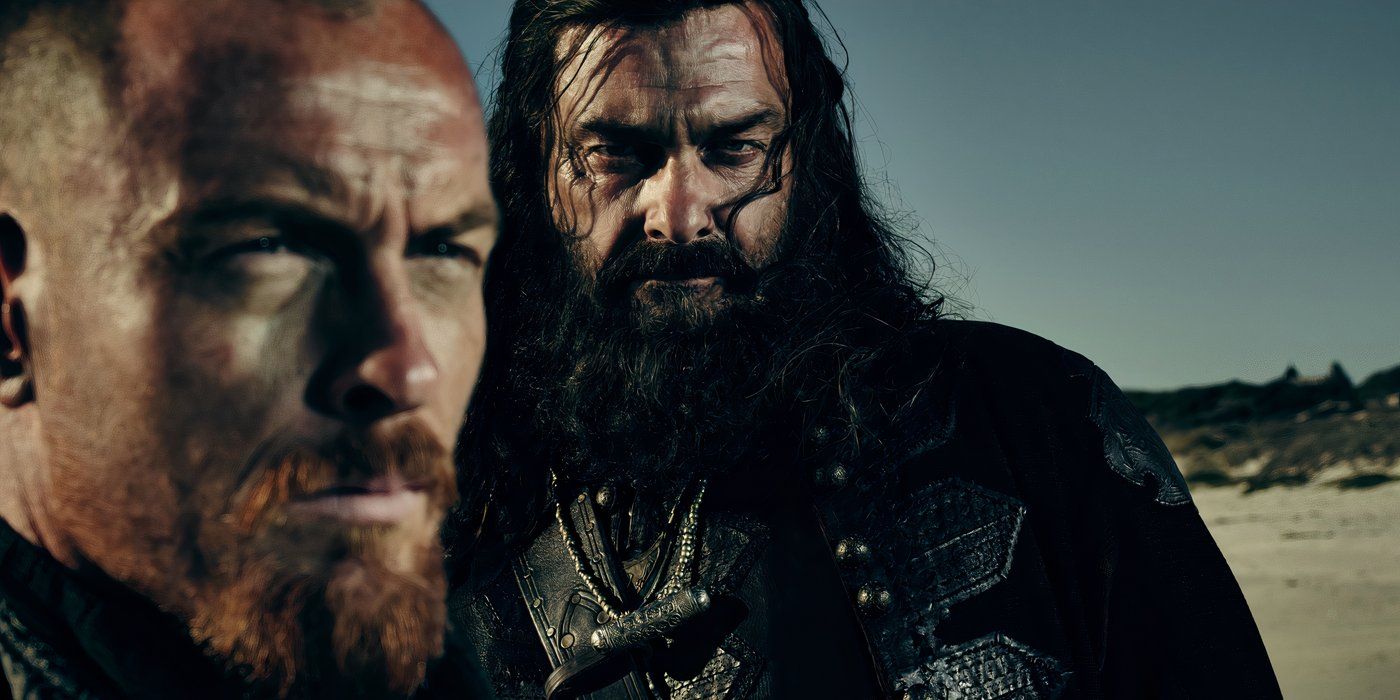
Adapting periods of fiction that have been heavily mythologized is no easy task, but Black Sails strikes a balance of both. While the actual events can be played up for drama, the Starz show still captures the brutality of piracy on the high seas. One such example is the gruesome practice of keelhauling, an unofficial execution method known for its prolonged and painful nature. With a long and bloody history, the practice can be traced back centuries and even persisted well beyond the Golden Age of Piracy, which gradually ended in the early to mid-1700s. Despite being the sole victim of keelhauling in the show, the actual death of Blackbeard, aka Edward Teach (Ray Stevenson), feels closer to the legends of pirates we read in stories rather than the more mundane method the series depicts. Both versions, however, still portray the infamous pirate as brutally persistent, requiring extreme effort to finally bring him down.
What Happens to Blackbeard in ‘Black Sails’?
Within the realm of popular culture, the idea of piracy has been romanticized as an era of rugged individualism in the same way many Westerns have done. Much of what we think we know about the Golden Age of Piracy was created more than a century after the fact by Treasure Island, including its feature film adaptations in the early 1950s. Films like Pirates of the Caribbean and shows like Our Flag Means Death have continued many of these myths today. Therefore, it remains somewhat ironic that the show, acting as a prequel to the book, attempts to portray piracy with the brutality the subject deserves.
While Black Sails portrays the pirates as outlaws, it also does not come at the expense of glorifying the British Navy, who were the most common enemies of pirates during that era. By the time Blackbeard has finally been captured, hundreds on both sides are dead, and the carnage has extended from Nassau to the infamously lecherous real-life pirate colony of Port Royal. Dispensing with any notion of a court-martial or trial for the pirate leader, Governor Woodes Rogers (Luke Roberts) subjects him to three brutal sessions of keelhauling, dragging Teach across the bottom of the ship. Only the second time is shown in great detail, showing the painful nature of the event in one long, very uncomfortable take. The other two are no less harrowing, as the upsetting sound of Blackbeard scraping against the ship is still clearly audible, and even the witnesses appear disturbed by the implications. When he is finally raised from the water, Edward Teach is still alive but mangled beyond recognition, before Rogers ultimately finishes him off with a final shot to the head.
Keelhauling Was a Rare But Very Real Naval Punishment
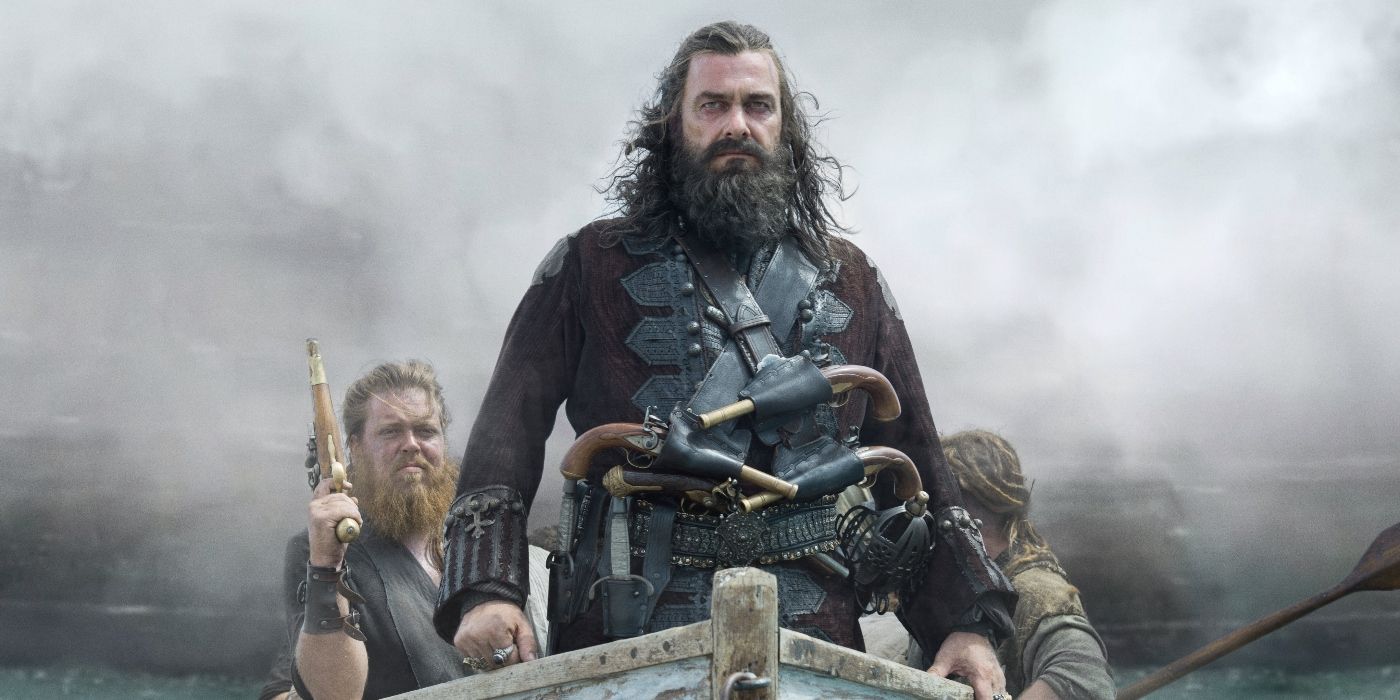
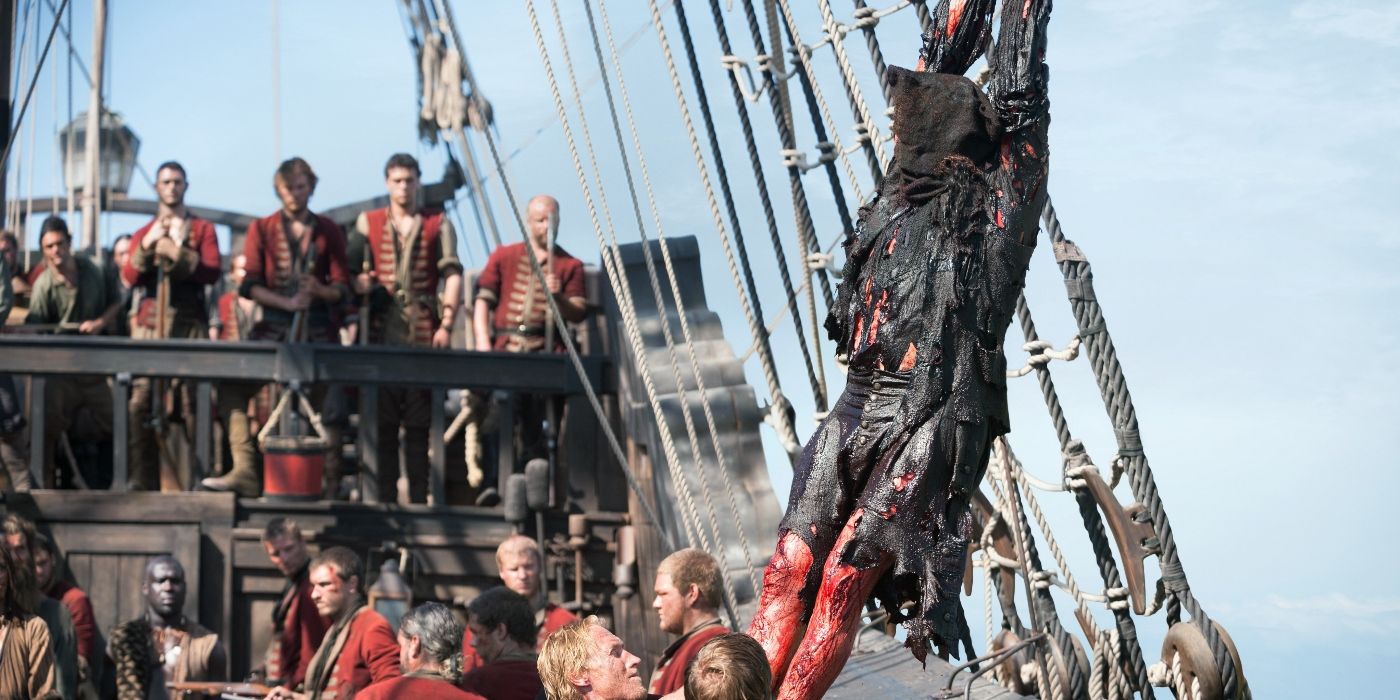
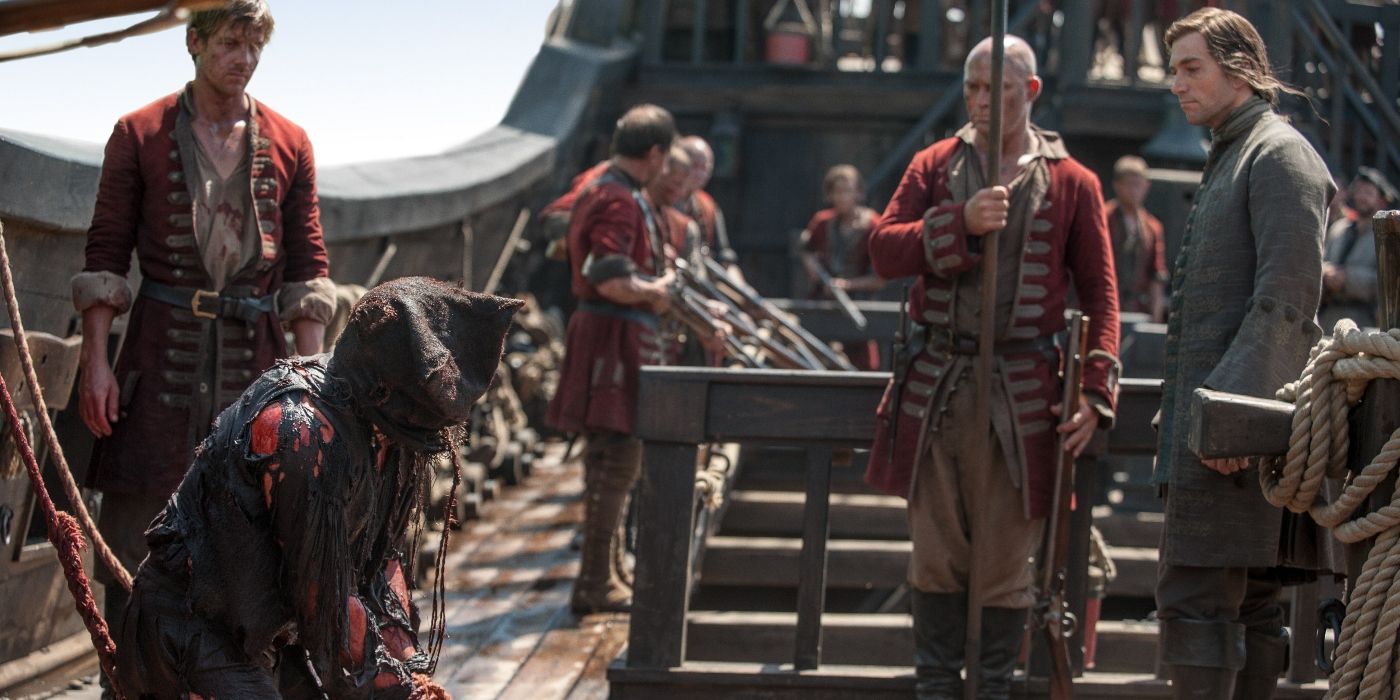
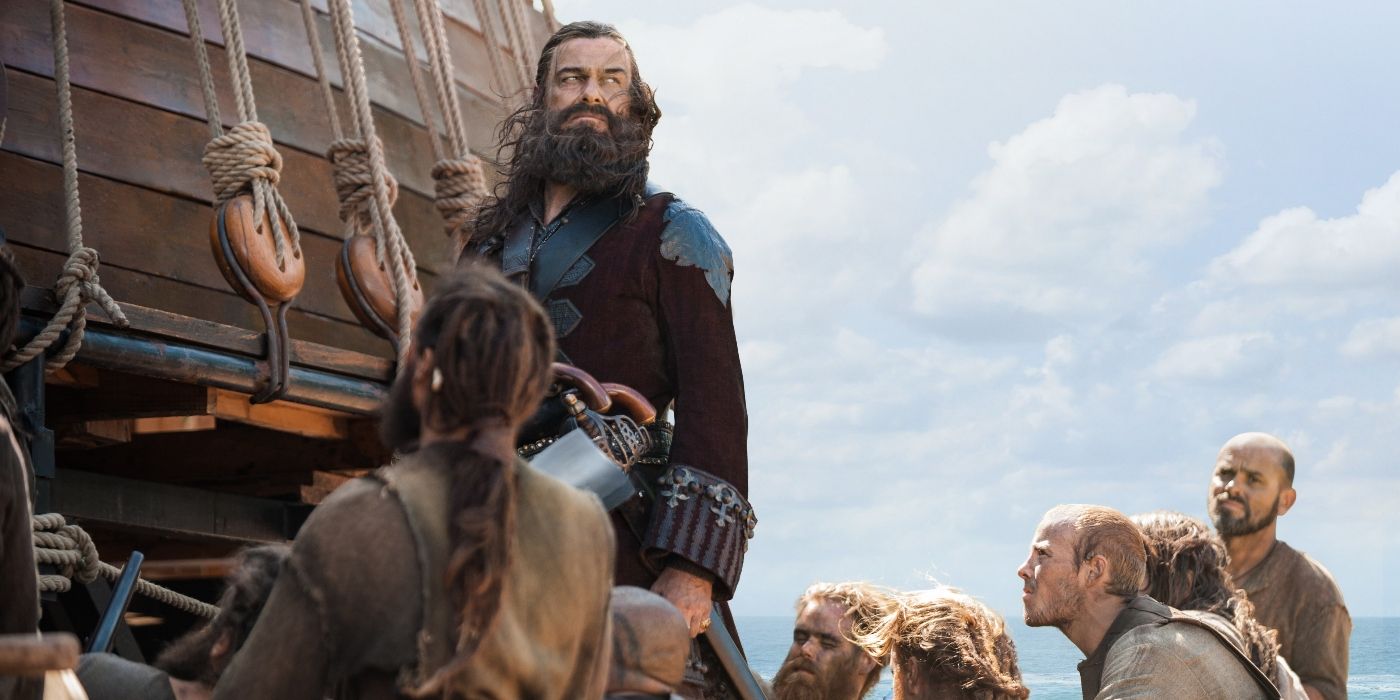
At first glance, the gruesome execution of Blackbeard might seem simply like a sadistic case of frontier justice by those who have grown tired of giving quarter to criminals and thugs. While this is not entirely untrue, keelhauling was a very real punishment in naval culture, one of many pirates could receive. Unlike the more infamous and creative methods of torture and execution seen during medieval times, it was not an official policy under British law, but rather the consequence of maritime culture in an era where pirates and privateers would spend months, if not years, away from civilization. Given their privacy on the high seas during the time period, it is perhaps no surprise that the British and the Dutch were known to employ this cruel punishment the most.
Ironically, one reason keelhauling was so feared was because of how rare it usually was. For those forced to serve on British ships, who were often literally kidnapped for that purpose, the forms of punishment that one could expect ranged from flogging to caning, with hanging reserved for more serious offenses. Rather than being created for a specific set of offenses, this horrifying method was ordered at the discretion of the captain, serving as a deterrent for those who were otherwise unfazed by the idea of hanging. Keelhauling was also not wholly confined to the Age of Piracy, originating as far back as the times of ancient Greece and officially continuing until the late 1800s. Used most prominently by the Dutch, the method is thought to have only been used by royal naval vessels, not the pirates they hunted. Although unconfirmed, the last known accusation of keelhauling occurred in 1882, by which time the practice was viewed as obscene enough that the alleged officer was forced to deny any such claims in person to the British parliament.
In Real Life, Blackbeard Had a More Noble and Epic Death
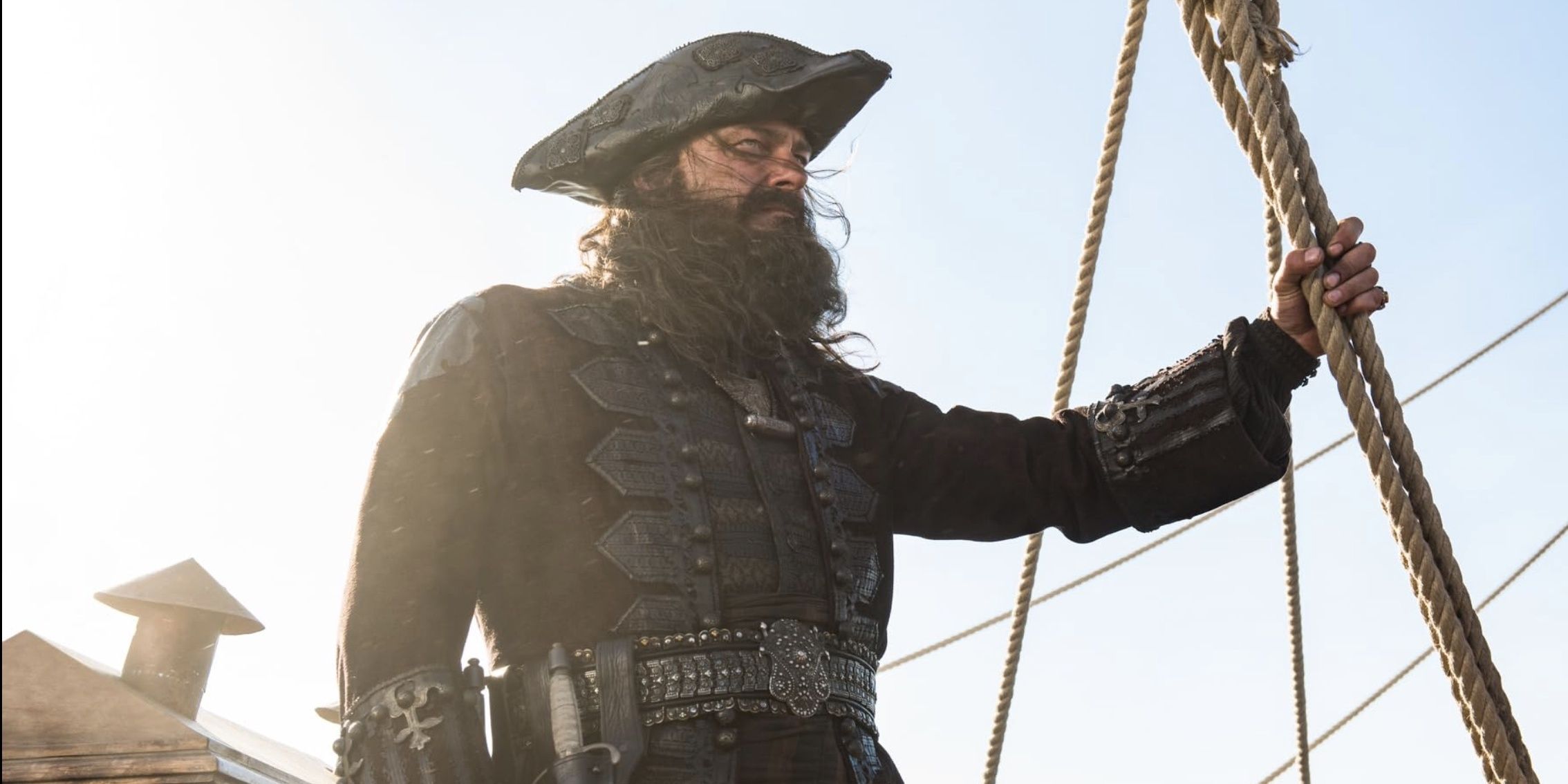
Despite his reputation today, Edward Teach was far from the most ruthless or financially successful pirate, preying on the high seas for only two years before his capture. The story of his downfall, however, truly lives up to the legend we often like to imagine today. Rather than merely blockading Nassau as he does in the show, Teach used the tactic on a much larger target in the port city of Charles Town, now Charleston, in South Carolina. Within weeks, he had successfully appealed to the governor for a royal pardon, before simply returning to his old ways by attacking Bermuda.
Fearing Blackbeard would next target his own state just a few hundred miles away and disrupt the lucrative tobacco trade, the governor of Virginia made a bold plan. Without consulting the king and in violation of North Carolina’s own colonial sovereignty, he laid a fatal trap for Blackbeard and his men. In only six minutes, they boarded the ship, killed the crew on the spot, and confronted Blackbeard directly. Given the chaos of the battle and the speed with which his death took place, the exact events are just as mythologized as Teach himself. The most popular account says that Blackbeard fought a vicious duel with Lieutenant Robert Maynard and was dealt a fatal blow to the neck, declaring him a worthy opponent before being decapitated. What is known, however, is that Edward Teach was later found dead with five musket ball wounds and twenty sword cuts, while his head was claimed by Maynard as a personal trophy.
Although not an accurate portrayal of his death, the execution of Blackbeard is still perhaps the most notable death in the series, if only for its shocking and graphic nature. The series reflects the improvised nature of keelhauling and its status as an exceptional and rare punishment by only showing it once but still making every moment count. Knowing that keelhauling was a unique and important part of maritime culture during that era serves to reinforce the chilling nature of the scene, one that stuns even the most hardened naval veterans among the crew. Finally, it reinforces the legend of Blackbeard by making him the only character in Black Sails to be subjected to such a horrific fate, given all the crew went through to capture him. Although very different from his actual demise, his resiliency is still on full display in both versions. Perhaps it remains fitting that a man who earned far more notoriety in death than during his historical career is best remembered in the series for what he went through in his final moments.





